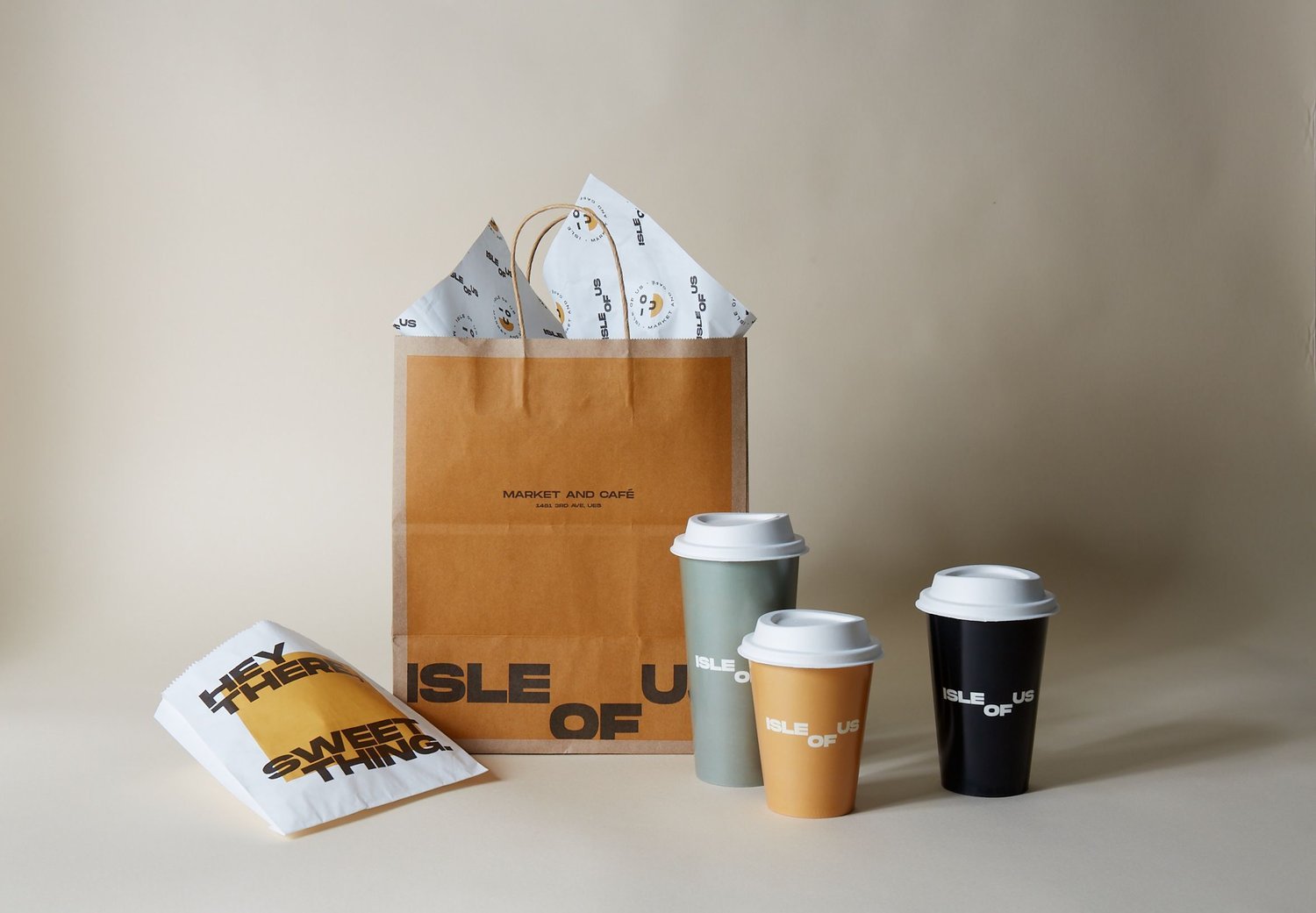Creating Dialogue Around Climate Solutions
NYC Restaurant Owner Lisle Richards Makes Bold Move to Create Change
A piece by Matthew Gutierrez, contributing writer at The Climate Optimist
Lisle Richards felt stuck. The pandemic was raging, restaurants were shutting down, and he contemplated closing doors at Wayfarer and The Village Den, popular Manhattan restaurants. The Wayfarer was a midtown staple on the bustling corner of 57th Street and 6th Avenue, a block from Carnegie Hall, just south of Central Park. It served a few thousand customers a week. But for years, Richards had been conflicted.
While Wayfarer was popular, it was large, served a lot of steaks, and its food-sourcing process would have been “really hard to shift because we were so large,” Richards says.
For years, he was dejected about how much the food and beverage industry contributes to the climate crisis.
Around 1 billion tons of food go into trash bins each year. About a third of all human-caused greenhouse gas emissions are linked to food, according to the United Nations. If food waste were a country, it would be the third-largest emitting country in the world.
“For a while, I felt hopeless as a professional in the food and beverage industry because we contribute so much to food waste,”
Richards says. “Our food is produced in mass. I understand how difficult it is to scale nutrient-dense food, how bad the food waste problem is, etc. But that waste doesn’t start with us; it starts with our supply chain. I always knew I wanted to do something about it.”
Richards saw the pandemic as a silver lining in his climate and entrepreneurial journey. He made a difficult decision to close his restaurants, take a step back, and reflect on about 25 years in the industry. He realized many restaurants aren’t sustainable, and he no longer wanted to be part of the problem.
At Isle of Us on the Upper East Side of Manhattan, New York
Late last year, he opened Isle of Us, on Manhattan’s Upper East Side, which has a natural, open feel. Rather than optimizing for profit, the cafe is rooted in conscious living and raising awareness of how we consume. “Landfills are forever” hangs over the bins for trash, recycling, and compost. Copies of The Climate Optimist sit on the front island next to vegetable cookbooks, olive oils, spices, and tea. There are tons of healthy food and beverages. All the food is made in-house by chef Matt Aita. All items are compostable; utensils and containers are made with post-consumer waste.
Richards, a Florida native, began his career working in big chain restaurants. Then he moved to New York to pursue a career in advertising and photography, but he supported himself by working in restaurants. He was good at it and earned a chance to run a restaurant. He fell in love with making an “artistic statement regarding how a restaurant brand comes together” and creating dialogue around food, change, and community.
This month, Richards sat with The Climate Optimist at his light-filled cafe to discuss food sustainability, mitigating climate anxiety, and creating healthy dialogue for the community. This interview has been edited lightly for clarity.
How does your menu reflect your sustainability goals?
It’s a mix. We do have proteins or animal proteins. We don't do red meat or pork, and no livestock from an emissions standpoint. We don't do shrimp for environmental reasons. Part of my focus is creating a dialogue with consumers about the small changes they can make daily, which aligns with climate optimism. We consciously don’t do red meat, pork, or shrimp.
Your to-go coffee cups say, “Over 99% of coffee cups are not recyclable or compostable because of plastic lining. This one is. Made entirely from print fibers, this cup and lid are both 100% compostable.” How’d you do that?
In my research, I wanted to know how to make everything compostable. A problem with cafes is all the single-use materials.
I had just assumed coffee cups were recyclable, even if they were paper, but the reality is that there’s a plastic lining in all coffee cups that makes them not recyclable. So we worked with a company to replace the plastic lining with a compostable plant fiber lining.
How did you do your research?
I did a lot of Google, and a lot of trial and error. I had a whole set of coffee cup designs. Before I pulled the trigger, I had this moment where I was like, oh my God, these things aren't recyclable. I’ve been in the restaurant space for a while, and I had this moment where I didn't want to contribute to the problem anymore. I spent a lot of time working through the small pieces of sustainability, so we redesigned those with better materials.
Only the most sustainable packaging at Isle of Us
At what point were you introduced to sustainability, especially regarding food?
I saw how respected some brands are that do things right. I’m not the first by any stretch of the imagination. I’m not the most sustainable; there are zero-waste businesses out there. I do produce waste. But what’s important to me is creating a dialogue with customers and being transparent about what I use in my products. I want the consumer to know what we compost and what we can recycle, and then they can go out and have that conversation with other people down the road.
Businesses need to create a dialogue with the consumer so that the consumer can make an informed decision.
It’s also vital that our third-party market all have a position on sustainability, whether through their packaging, how they source their food, or whether they make their employees part of the solution. A big part of the future is making sustainability easy for people. How can we make it easy for them to purchase sustainable items?
How did you work through that climate-related stress?
There's no easy way out of it. I had to be gentle with myself about what that process looked like for me, like the rest of my career. I love how Anne Therese talks about eco-shaming in her book because it’s a big thing. I had to work past the concept of worrying about what everyone would say about what I make here and what I've done in the past.
Anne Therese also encapsulates what is so true in her book: Everyone has to be allowed their process. I realized that I had to let myself go through the process. Otherwise, I’d be stuck where I was. The only way to get over the hump was to allow myself to walk gently through that down that. And I needed to have positions to understand why I'm deciding to work with a particular farmer.
What goes into that decision?
There are so many brands out there that go organic, right? They say they have organic farming practices, which might be significant. But organic isn’t necessarily all wonderful. It’s a label. And it’s hard for smaller farmers to become “organic” because it’s expensive. I would rather understand the farmers' practices. It’s more important to serve nutrient-dense food than it is to serve quote-unquote organic food. As a consumer, I often look for organic food, but I don’t want to get too caught up in labels without knowing the process and incentives.
Would you suggest a place to start based on your trial and error as far as just becoming more sustainable?
That's an interesting question. Packaging is first and foremost. Understand what you're putting in the ground, not just the bowls that customers see, but how your employees treat the waste in your restaurant. Understand food waste, composting, and what’s recyclable. Is a food container that says “recyclable” actually recyclable? New Yorkers only recycle half of what they are supposed to be recycling, which is more than what it was before. That's encouraging, but it's not where it needs to be. Our team, with our chef, talks about waste reduction regularly.
How much more money is your compostable packaging products than the wasteful alternatives the national chains use?
My stuff is way more expensive than Starbucks because Starbucks buys in much larger quantities. But my materials are also double what they could be if I wanted to choose cheaper, more wasteful packaging. But I use compostable materials and just charge a little more to the customer. I can add the 20 cents or 30 cents.
People, especially New Yorkers, want to do this and help the planet. If something’s 20 or 30 cents more here, they’ll pay it because they know it’s not wasteful. They know we’re making a difference. It affects my margins,
but it’s more important to talk about climate solutions than to squeeze for every dollar of profit.
But I probably get more customers anyway because I’m focused on sustainability. It resonates with people and creates brand loyalty.
What makes you a climate optimist? What gives you a glimmer of hope about humanity’s ability to protect the Earth?
If I had a choice whether to live in anxiety and fear or optimism, I’d choose optimism. I’m not in control of “climate change,” but I’m in control of personal choices daily. I also control whether I choose anxiety, fear, or hope. I’m much more effective in choosing hope. One day, I realized I could sit in crippling anxiety and worry about what would happen to the world or take small actions. And those more minor actions have compounded and gotten bigger. Small steps become habits of a large movement.
What’s next for you?
I'm going to expand. I love us as a brand, the product line, the brick-and-mortar stores, and the food. What’s most important is how I’m creating a more extensive dialogue, right? I trust the money will follow. It gives us peace knowing consumers can come here and make purchasing decisions that will positively affect our planet and our lives.






